Case Studies
Real-time Monitoring of Biological Cell Activity
Dr Roshan Weerasekera; George Gleed
Biological cells and tissues are routinely analysed for clinical analysis as well as in life science research. The contemporary methods used for cell analysis rely on labour and time-intensive methods for isolation of cells followed by expensive optical microscopy.
Technology for detection of volatile compounds
Dr Ben de Lacy Costello; Prof Norman Ratcliffe
A range of metal oxide based sensors (MOS) for the detection of volatile compounds (VOC) at the parts per billion level has been developed and patents applied for to protect the resulting intellectual property.
Improving the measurement of systemic ammonia for better chronic disease management
Ammonia is a toxic byproduct of protein metabolism, but is normally handled safely by the liver, where it is converted to urea. However, several conditions reduce the body's capacity to remove ammonia.
Bioluminescent reporter bacteria
SalisburyBioluminescent bacteria have been developed for use as a reporter in the evaluation of sterilisation and decontamination techniques. The Institute has expertise in developing novel methods of incorporating a lux-gene cassette into a wide range of bacteria.
Rapid diagnosis of Urinary Tract Infection in Primary Healthcare
Prof Marcus Drake; Dr Martina Piano; Dr Jackie Barnett
Urinary tract infection (UTI) is a common and unpleasant problem affecting between 15% and 20% of people. It leads to painful symptoms and time off work, and sometimes significant complications, such as kidney damage.
Impedance spectroscopy
Prof Richard Luxton; Prof Janice Kiely
A novel technology based on impedance spectroscopy has shown that characteristic, fingerprint changes can be seen in cell culture systems exposed to particular cytotoxic agents.
Microbial detection and biocontrol
Microbial Detection and Biocontrol methods can be developed to ensure effective safeguarding of human health within environmental, healthcare and agri-food processes. Microbial detection and biocontrol technology platforms have been developed for a range of industrial and biomedical applications in collaboration with academia, business and enterprise.
Microbial Fuel Cells
Microbial Fuel Cells (MFC) employ live bacteria to produce electricity by breaking down organic matter. The technology commonly consists of two halfcells – an anode and a cathode – that are separated by an ion selective membrane. Commonly bacteria are in the anode side, and chemicals or oxygen are in the cathode side, which complete the reactions (ie close the circuit) to generate power.
Paramagnetic particle-based detection system
Prof Richard Luxton; Prof Janice Kiely
This technology uses paramagnetic particles (PMPs) to detect biological interactions between two complementary binding partners such as antibodies and antigens (analytes) in an immunoassay. This is a biosensor that can provide measurement of analyte concentration within a test sample in just few minutes.
